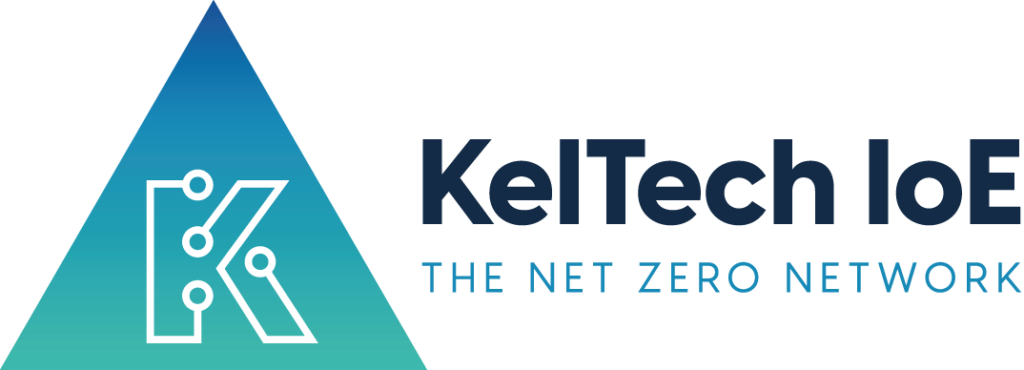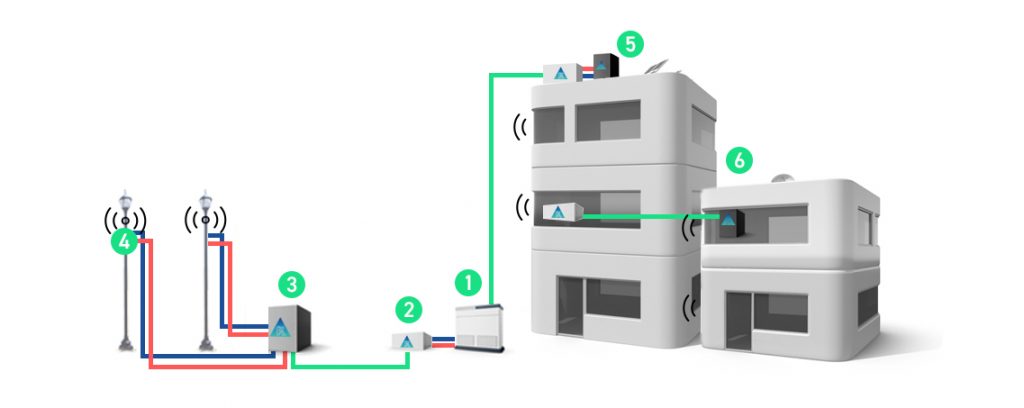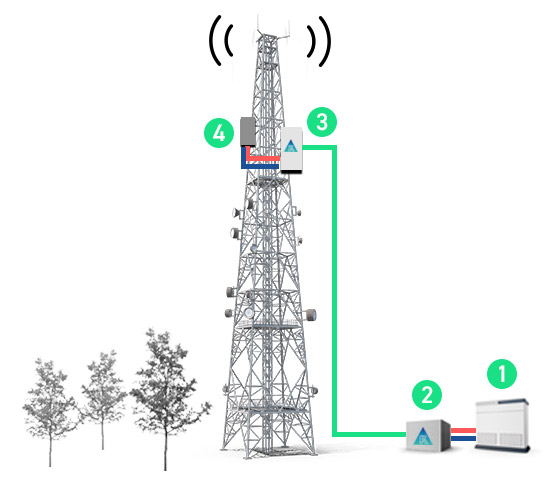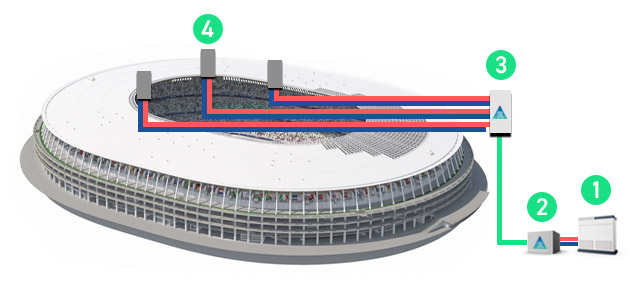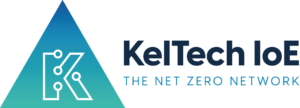Dual Distributed Networks
Transforming last mile communication network deployments
This Dual Distributed Network (DDN) is a symbiotic convergence of energy and data in a single integrated solution, resulting in a quicker, more cost effective and safer implementation.
Resources
Whitepapers
Enter your details below to download the documents
